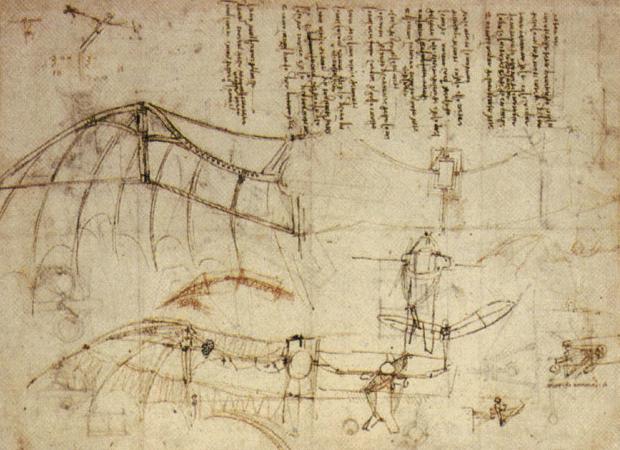HOME RESEARCH LINKS |
|

|
Cooperation Between Stations in Wireless Networks
|
|
Introduction
In general, when a mobile node (MN) moves from one Access Point (AP) to the next, it does not have any mean to know if a Layer 2 (L2)
only or both a L2 and a Layer 3 (L3) handoffs have occurred as there are no standard ways to detect a change in subnet. The use of router
advertisements might be one way to solve this problem; however, the frequency of such advertisements is typically on the order of minutes,
which makes it impossible for a MN to know about a subnet change in a timely manner.
When a L3 handoff occurs, the MN needs to acquire a new IP address for the new subnet and this is usually done via DHCP. This is a very
time consuming process which is particularly critical for mobile environments.
|
|
Types of handoffs and their delays
- L2 handoff
The scanning delay takes over 90% of the total L2 handoff time in open networks while in IEEE 802.11i networks authentication takes the biggest
time of the whole handoff process. These delays are additive and both need to be removed in order to achieve a seamless handoffs.
- L3 handoff
The L3 handoff comprises mainly of subnet change discovery and IP address acquisition via DHCP. Acquiring an IP address by using DHCP usually takes about
one second which by itself already exceeds by far the requirements for seamless handoffs. In March 2006 the DHC working group within the IETF has
ratified the detection of networks attachment in IPv4 (DNA IPv4 - RFC 4436). While this represent a big step forward in the detection of subnet changes in IPv4
networks, it still presents many shortcomings which make DNA for IPv4 far from optimal. One of this shortcomings being that DNA for IPv4 can start only
after successful L2 authentication.
- Application layer handoff (SIP)
As last step of the handoff process the Mobile Node (MN) needs to inform the Correspondent Node (CN) that its IP address has changed. If this does not
happen, the CN will keep sending packets to the MN's old IP address, resulting in the MN losing packets. A solution to this problem has to work
regardless of which AP and network the MN moves to and even if the MN ends up not moving at all after updating its multimedia session.
|
|
Our approach
We propose a novel approach which resolves all of the above issues without requiring any changes to either the infrastructure or the protocol, allowing MN
to perform seamless handoffs regardless of the type of network in which the MN moves to.
For more details please refer to our paper Cooperation Between Stations in Wireless Networks (pdf).
|
|
Related papers
- H. Schulzrinne and E. Wedlund, Application-layer mobility using SIP, SIGMOBILE Mob.
Comput. Commun. Rev., vol. 4, no. 3, pp. 47–57, 2000.
- T. Henderson, D. Kotz, and I. Abyzov, The changing usage of a mature campus-wide
wireless network, in MobiCom ’04: Proceedings of the 10th annual international conference on Mobile computing and networking. New
York, NY, USA: ACM Press, 2004, pp. 187–201.
- R. Hsieh, Z. G. Zhou, and A. Seneviratne, S-MIP:
A seamless handoff architecture for Mobile IP, in Proceedings of the IEEE INFOCOM conference, 2003.
- M. Papadopouli and H. Schulzrinne, Effects
of power conservation, wireless coverage and cooperation on data dissemination among mobile devices, in MobiHoc ’01: Proceedings of the 2nd ACM
international symposium on Mobile ad hoc networking & computing. New York,
NY, USA: ACM Press, 2001, pp. 117–127.
- B. Adoba, J. Carlson, and S. Cheshire, Detecting Network Attachment in IPv4 (DNAv4), RFC 4436, March 2006.
- S. Narayanan, Detecting Network Attachment in IPv6 Networks (DNAv6), IETF
Draft (work in progress), October 2006.
- G. Camarillo, G. Eriksson, J. Holler, and H. Schulzrinne, Grouping of Media Lines in the Session
Description Protocol (SDP), RFC 3388, December 2002.
- H. S. M. Day, J. Rosenberg, A Model for Presence and Instant Messaging, RFC 2778, February 2000.
|
| TOP |